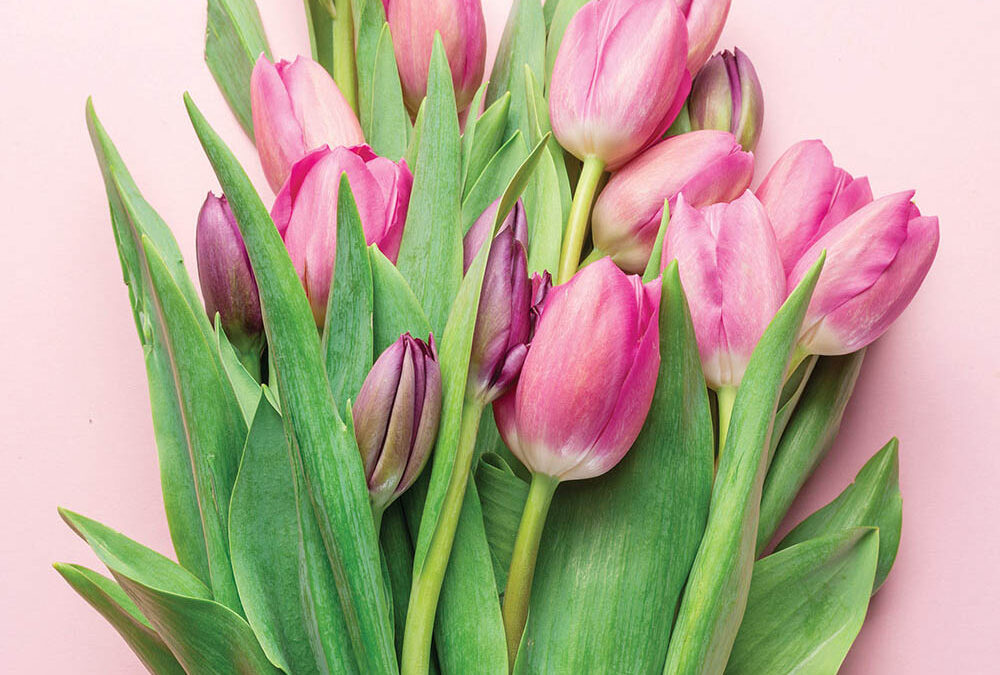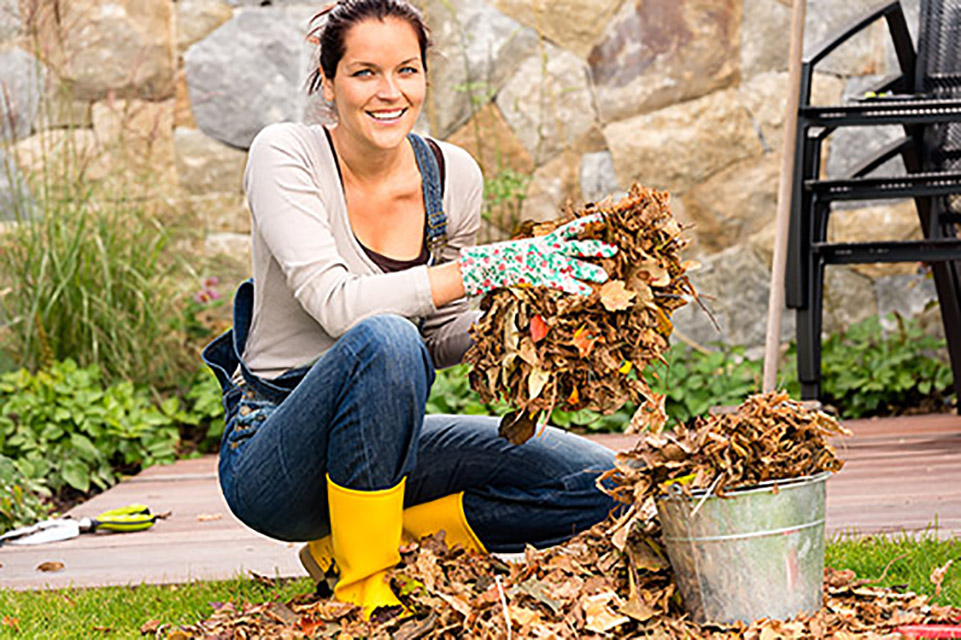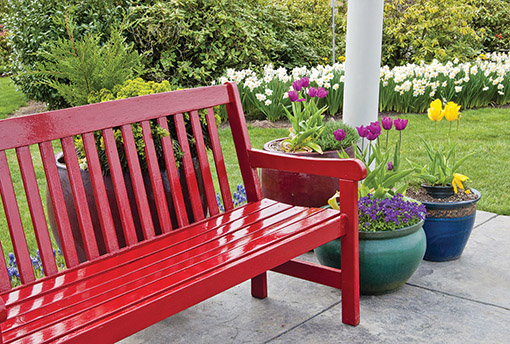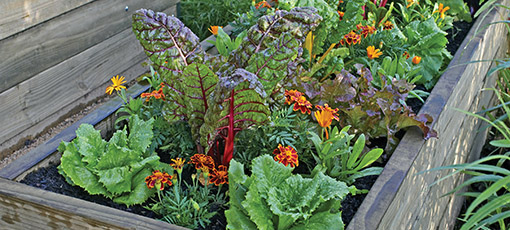
Treat Yourself to Year-Round Fresh Flowers
By Betty Sharpless
February is the perfect time to begin planting flower seeds. These seeds will grow into flowers to fill your vases and to gift to friends throughout the year. Instead of spending your dollars on cut bouquets from the grocery store, you can spend pennies–and just a little time–to grow your own cutting flowers in flower beds, porch or deck pots, or raised beds. An added benefit to planting flowers is that you are feeding honeybees and other pollinators necessary to create all of the vegetables and fruits we eat every day.
Why not invite the bees and butterflies into your yard?
You will want to plant your seeds in a sunny area that gets at least six hours of full sun each day. It’s a good idea to place your garden or flower-pots close to a source of water like a rain barrel or a faucet. If you are planting in the ground, use a shovel to turn the soil and remove any existing grass or weeds. If you are planting in pots or a new raised bed, be sure there is adequate drainage by having one to two inches of rocks or pebbles at the bottom. Use a packaged raised-bed soil or potting soil to fill the containers.
When planting seeds, the rule of thumb is to plant them twice as deep as the size of the seed. Little seeds, like poppy seeds are simply sprinkled on the top and patted in. Big seeds like nasturtiums, need to be poked into the soil about ¾” deep. Starting in February, is the time to plant seeds for poppies, nigella, bachelor’s buttons, and larkspur. All of these seeds are the kind you will pat into the soil. Leave some space for the seeds to follow: zinnias and cosmos will bloom from late spring until the first frost in October. If you have a lot of room, consider adding bigger flowers like sunflowers and tithonia (also called Mexican sunflower). For smaller potted gardens, consider marigolds and nasturtiums.
When cutting bouquets, try to cut in the cooler times of the day. Have a bucket of cool water handy so the cut ends go right into water, avoiding wilting. Make sure the vase has plenty of water to support the flowers. If you refresh the vase with clean water every few days your flowers will last longer. Almost any watertight container can be a vase. Experiment with jars, buckets, old pitchers and even old watering cans.
All of the above seeds are sturdy growers called “annual flower seeds,” because they die at the end of each season. Once you have succeeded with annuals, you might want to branch out into trying perennials from seeds such as black-eyed Susans or purple cone flowers.
I hope you enjoy giving yourself fresh bouquets as much as others will enjoy receiving flowers from you.
Betty Sharpless is a professional free-lance gardener, writer, and quilter who loves firecracker alliums–magic wands in the making! Follow her on Instagram @sharplessbetty



